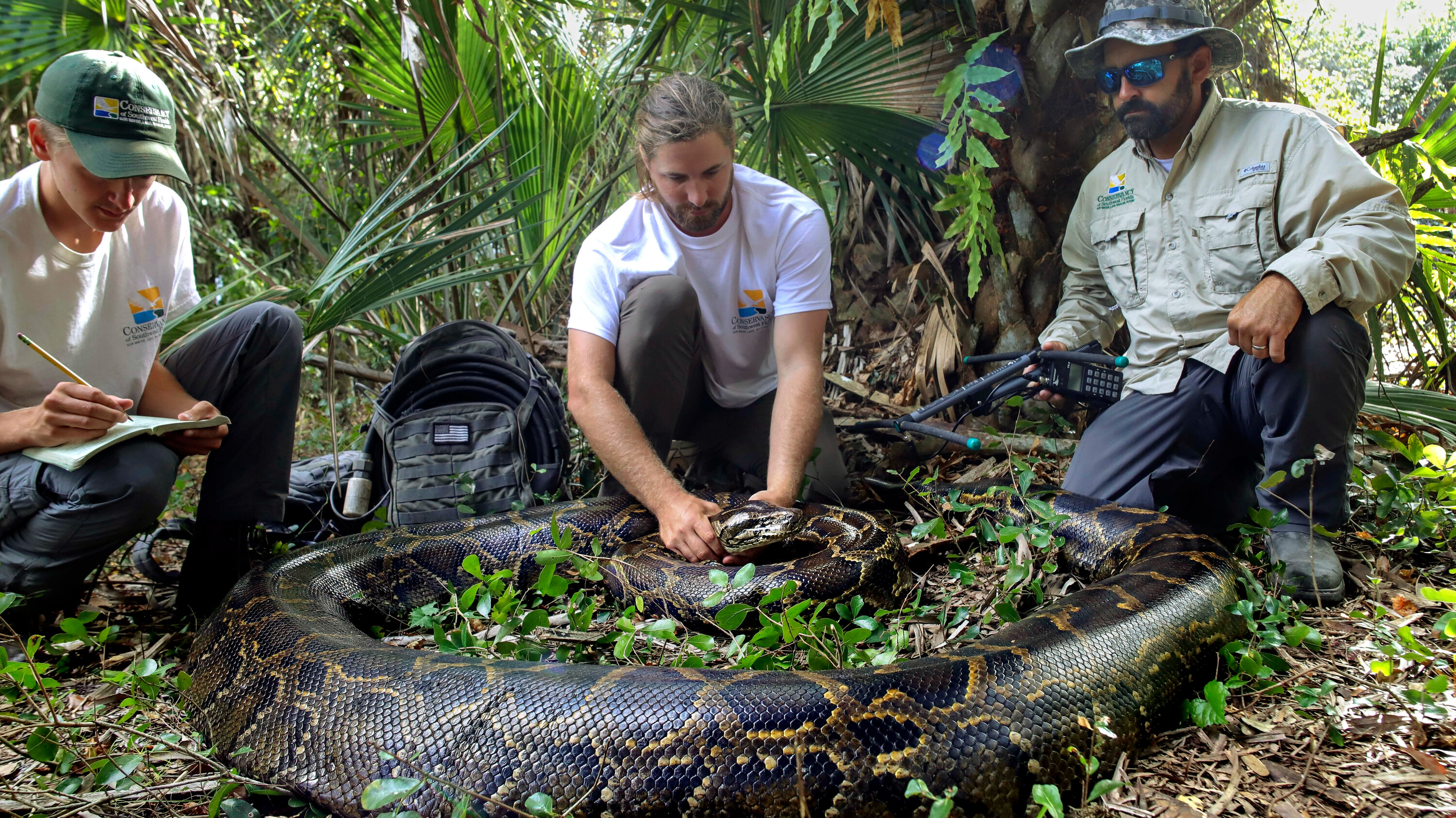
How Python is Being Used to Combat Invasive Species in the Everglades
The importance of Python, the popular programming language, is often discussed in the context of software development and data analysis. However, Python is also being used in a very different context - to combat invasive species in the Everglades. In this article, we will explore how Python is being used to track and remove invasive Burmese pythons from the Everglades, and how this effort is helping to protect the ecosystem.
The Problem of Invasive Species in the Everglades
The Everglades is a unique and fragile ecosystem that is home to a wide variety of plant and animal species. However, the Everglades is also facing a major threat from invasive species, particularly the Burmese python. These large snakes are native to Southeast Asia but have been introduced to the Everglades through the pet trade. They have no natural predators in the Everglades and are able to thrive in the warm and humid climate.
The Burmese python is a major threat to the Everglades ecosystem because it is a top predator that feeds on native species. It is estimated that tens of thousands of Burmese pythons are living in the Everglades, and they are having a devastating impact on the native wildlife. The python is also a threat to human safety, as it is a large and powerful snake that is capable of attacking humans.
How Python is Being Used to Combat Invasive Species
In order to combat the threat of invasive species in the Everglades, a team of researchers and conservationists are using Python to track and remove the Burmese pythons. The team is using a combination of traditional methods, such as hunting and trapping, and new technologies, such as drones and machine learning algorithms.
One of the ways that Python is being used is to analyze data on the movement and behavior of the Burmese pythons. The team is using Python to analyze data from GPS tracking devices that are attached to the pythons, as well as data from camera traps and other sensors. This data is being used to identify patterns in the movement and behavior of the pythons, and to develop strategies for removing them from the Everglades.
Python is also being used to develop machine learning algorithms that can be used to identify Burmese pythons in images and videos. The team is using a dataset of images and videos of Burmese pythons, as well as images and videos of other species, to train the algorithms. The algorithms are then being used to analyze images and videos from camera traps and other sensors, and to identify the presence of Burmese pythons.
The Impact of Python on the Everglades Ecosystem
The use of Python to combat invasive species in the Everglades is having a significant impact on the ecosystem. The team has been able to remove hundreds of Burmese pythons from the Everglades, and the population of native species is beginning to recover.
The use of Python is also helping to raise awareness about the threat of invasive species in the Everglades. The team is using social media and other channels to share information about the project, and to educate the public about the importance of protecting the Everglades ecosystem.
Conclusion
In conclusion, the use of Python to combat invasive species in the Everglades is a great example of how technology can be used to protect the environment. The team’s use of Python to analyze data and develop machine learning algorithms is helping to remove Burmese pythons from the Everglades, and to protect the native wildlife. As the project continues to grow and evolve, it is likely that Python will play an increasingly important role in the effort to protect the Everglades ecosystem.
 Python in the Everglades
Python in the Everglades
Recent Python Security Vulnerability
A recent security vulnerability was discovered in Python 3.13, which could allow for header injection. This vulnerability is particularly concerning for developers who use Python to build web applications, as it could allow attackers to inject malicious code into the application.
The vulnerability was discovered by a team of researchers who were analyzing the Python codebase. They found that the vulnerability was caused by a flaw in the way that Python handles email headers, which could allow attackers to inject malicious code into the application.
The Python development team has released a patch for the vulnerability, which is available for download on the Python website. Developers who use Python to build web applications are advised to apply the patch as soon as possible, in order to protect their applications from attack.
Python Logo
Python Hunters in the Everglades
While the use of Python to combat invasive species in the Everglades is a relatively new development, there are also many people who are working to remove the Burmese pythons from the Everglades using more traditional methods. These python hunters are using a combination of hunting and trapping to remove the pythons, and they are having a significant impact on the population.
One of the most well-known python hunters in the Everglades is Mike Kimmel, who has been hunting pythons in the Everglades for many years. Kimmel has developed a number of techniques for hunting pythons, including the use of dogs and traps. He has also developed a number of strategies for removing the pythons from the Everglades, including the use of drones and other technologies.
Kimmel’s efforts have been recognized by a number of organizations, including the Florida Fish and Wildlife Conservation Commission. He has also been featured in a number of media outlets, including the New York Times and National Geographic.
 Python Hunter
Python Hunter
Conclusion
In conclusion, the use of Python to combat invasive species in the Everglades is a great example of how technology can be used to protect the environment. The team’s use of Python to analyze data and develop machine learning algorithms is helping to remove Burmese pythons from the Everglades, and to protect the native wildlife. As the project continues to grow and evolve, it is likely that Python will play an increasingly important role in the effort to protect the Everglades ecosystem.













